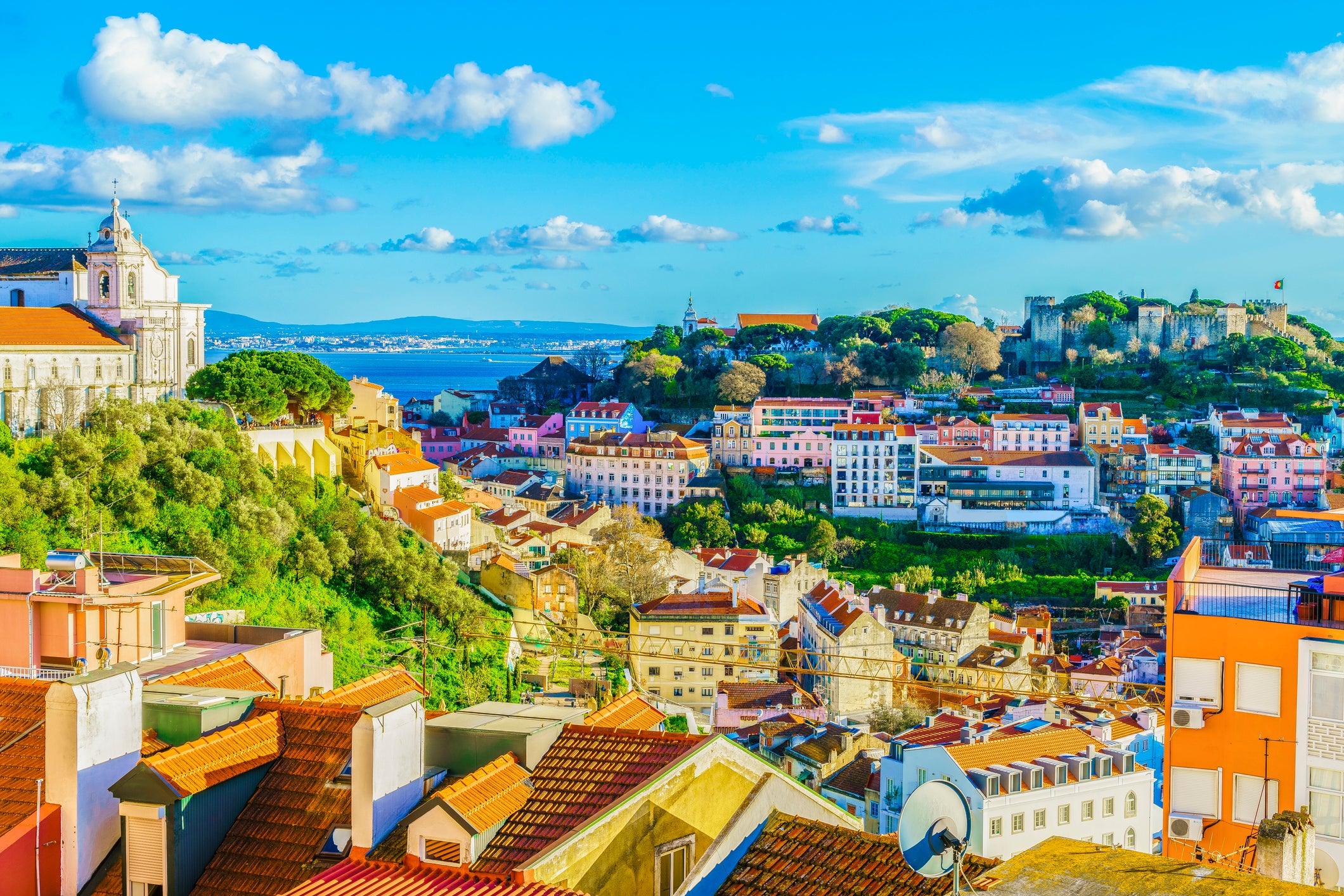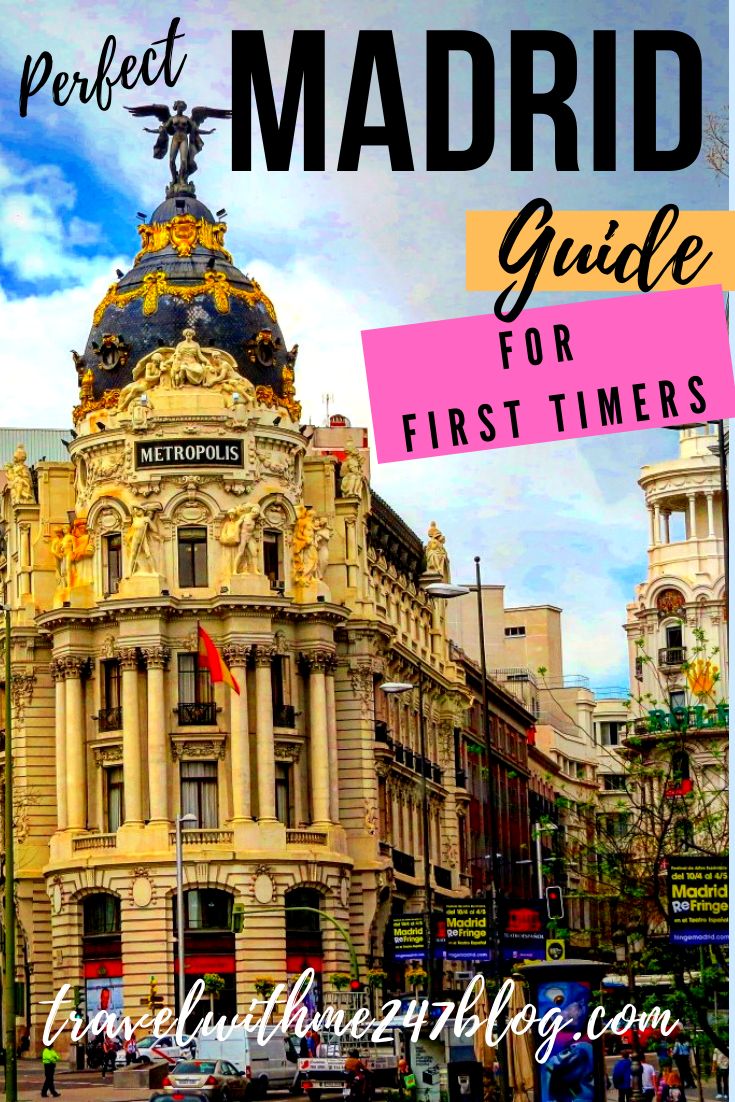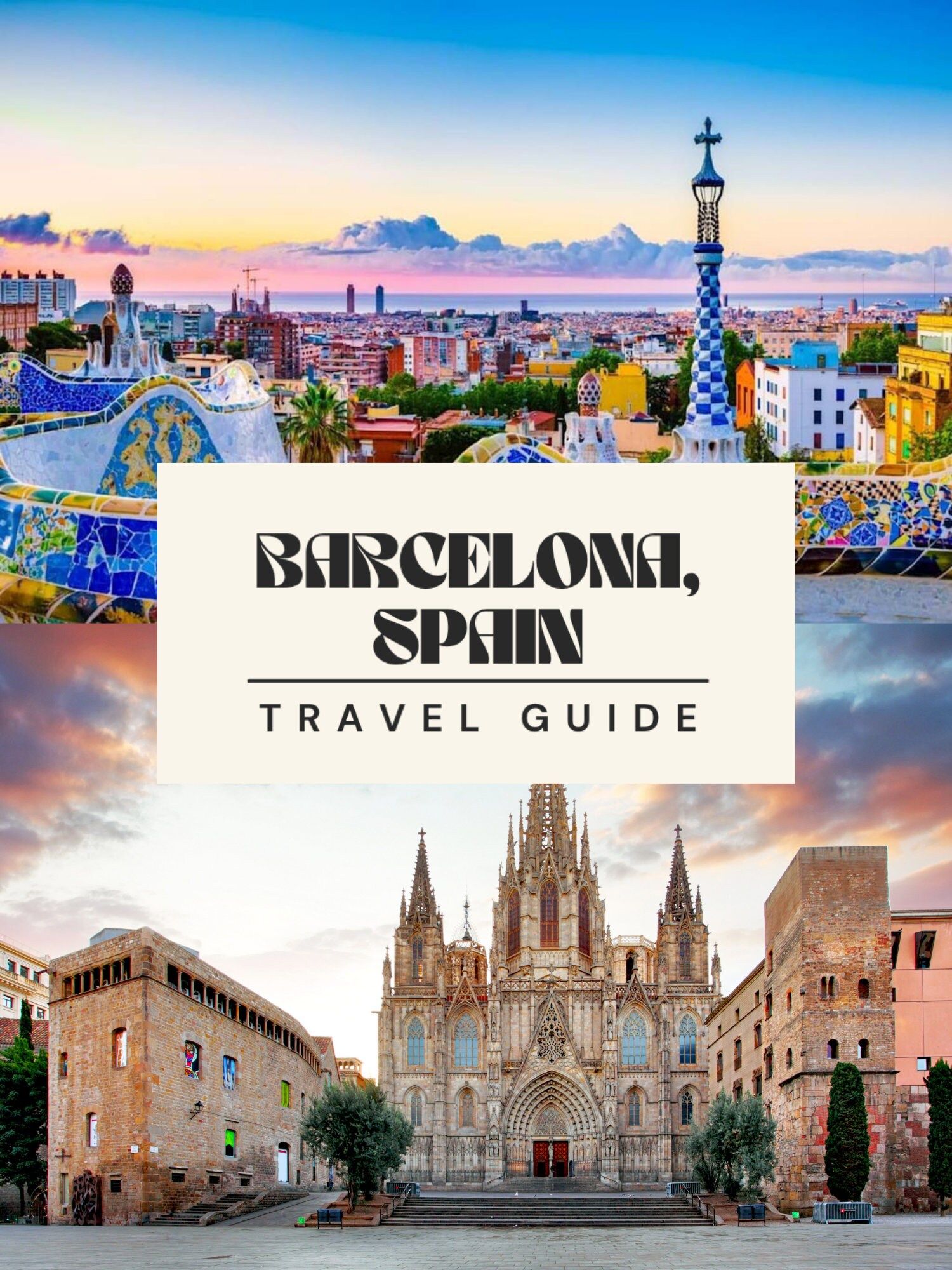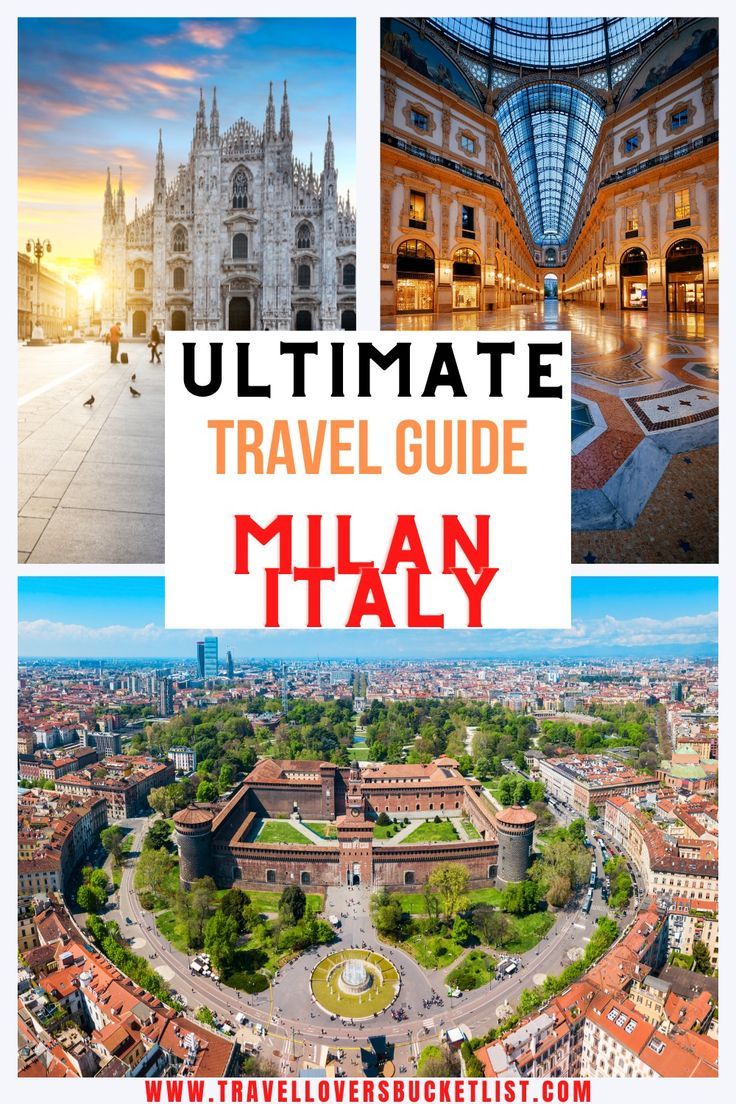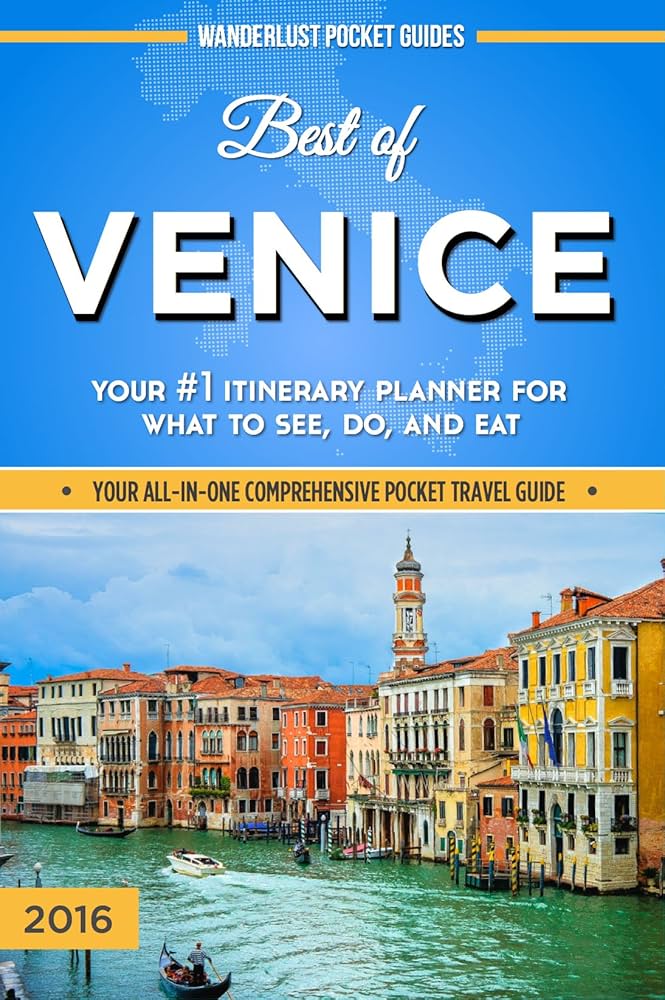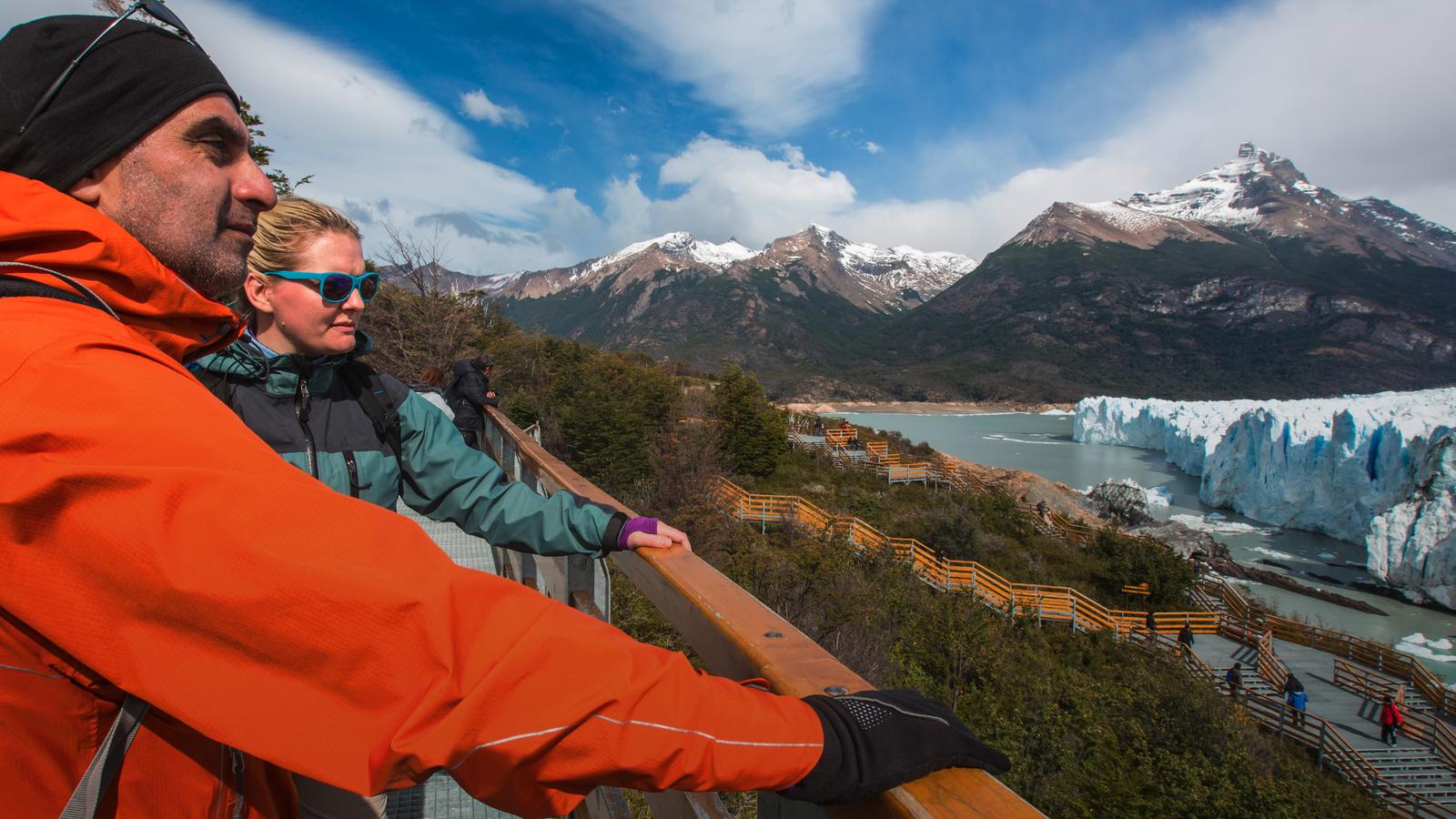
South America. The very name conjures images of mist-shrouded peaks, dense emerald rainforests, ancient ruins, and a vibrant pulse that beats to the rhythm of untamed nature. For the intrepid traveler, it’s not just a destination; it’s an invitation to an odyssey, a continent offering an unparalleled spectrum of adventure tours that challenge the body, stir the soul, and leave an indelible mark on the spirit. From scaling Andean giants to navigating the Amazon’s labyrinthine waterways, South America promises an escape from the ordinary and an immersion into the extraordinary.
A Journey Through Time: The History of Adventure in South America
The spirit of adventure in South America is as old as the continent itself. Long before modern tourism, indigenous civilizations were master adventurers, navigating vast empires on foot, traversing treacherous mountain passes, and charting river systems. The Inca Empire, for instance, built an astonishing network of roads and trails spanning thousands of kilometers across the Andes, a testament to their incredible endurance and knowledge of the land. These ancient paths, like the renowned Inca Trail to Machu Picchu, are now iconic adventure routes, allowing modern trekkers to walk in the footsteps of history.
Related Articles about South America: A Continent Unveiled by Adventure:
- Budapest’s Grandeur: A Journey Through Top Hotels and Timeless Charm
- Unveiling the Treasures of Turkey: A Journey Through History, Culture, and Breathtaking Beauty
- Ascending to the Stars: Your Comprehensive Guide to Visiting the Eiffel Tower
- Switzerland: A Journey Through Alpine Majesty and Urban Charm
- Echoes of Empire, Whispers of La Dolce Vita: A Comprehensive Travel Guide to Rome
The arrival of European explorers in the 15th century marked a new chapter of adventure, albeit often one driven by conquest and exploitation. Figures like Francisco Pizarro and Pedro de Valdivia undertook epic, brutal journeys, pushing the boundaries of known geography in search of gold and glory. Their expeditions, though controversial, contributed to the mapping and understanding of the continent’s formidable landscapes.
The 19th and early 20th centuries saw a different kind of adventurer: naturalists, scientists, and mountaineers. Alexander von Humboldt’s extensive explorations laid the groundwork for modern ecology, while British explorers like Percy Fawcett ventured deep into the Amazon, inspiring tales of lost cities. As mountaineering gained popularity globally, the Andes became a coveted playground for climbers, leading to the first ascents of many of its highest peaks.
Modern adventure tourism began to flourish in the latter half of the 20th century, spurred by improved infrastructure, a growing global interest in nature and culture, and the development of specialized tour operators. Destinations like Machu Picchu, the Galapagos Islands, and Patagonia rose to prominence, attracting thrill-seekers and nature lovers alike. Today, South America stands as a beacon for ethical, sustainable adventure, blending exhilarating experiences with a deep respect for its natural wonders and diverse cultures.
The Heart of the Thrill: Main Attractions & Types of Adventure Tours
South America’s geographic diversity translates into an astonishing array of adventure opportunities. Each region offers its own unique flavor of exhilaration:
1. The Majestic Andes: Trekking & Climbing Paradises
The spine of South America, the Andes mountain range, is an adventurer’s dream.
- Peru: Home to the iconic Inca Trail, a multi-day trek culminating at Machu Picchu. Beyond this classic, the Salkantay Trek offers equally stunning views and a more challenging route, while the Ausangate Trek circles a sacred peak, providing deep cultural immersion and breathtaking high-altitude landscapes. For a shorter, vibrant experience, Rainbow Mountain (Vinicunca) offers a kaleidoscope of colors after a challenging ascent.
- Patagonia (Argentina & Chile): A land of jagged peaks, immense glaciers, and fierce winds. Torres del Paine National Park in Chile is world-renowned for its "W" and "O" treks, featuring granite spires and turquoise lakes. Across the border in Argentina, El Chaltén, nestled near Mount Fitz Roy, is the trekking capital, offering trails to glacial lagoons and panoramic viewpoints. Ice trekking on the Perito Moreno Glacier is an unforgettable experience.
- Bolivia: Offers some of the continent’s highest and most challenging climbs, like Huayna Potosi. For a different kind of thrill, the infamous Death Road (Yungas Road) near La Paz provides an adrenaline-pumping downhill mountain biking experience.
2. The Enigmatic Amazon Rainforest: Jungle Expeditions
Spanning nine countries, the Amazon is the world’s largest rainforest, a biodiversity hotspot.
- Peru, Ecuador, and Brazil are popular entry points. Adventure tours here typically involve multi-day jungle treks, wildlife spotting (monkeys, sloths, caimans, anacondas, diverse birdlife), piranha fishing, night walks, and canoe excursions along tributary rivers. Staying in an eco-lodge deep in the jungle offers an immersive, authentic experience.
3. The Enchanted Galapagos Islands, Ecuador: Wildlife Encounters
A natural laboratory for evolution, the Galapagos are a bucket-list destination for wildlife enthusiasts.
- Adventure here revolves around snorkeling and diving with sea lions, marine iguanas, sharks, and giant turtles. Kayaking along volcanic coastlines and hiking to view unique land species like blue-footed boobies and giant tortoises are also popular. Cruises, ranging from budget to luxury, are the most common way to explore the archipelago.
4. Deserts of Otherworldly Beauty: Atacama & Uyuni
- Chile’s Atacama Desert: The driest non-polar desert on Earth, offering surreal landscapes. Adventures include sandboarding down dunes, stargazing in one of the clearest skies on the planet, exploring geysers and hot springs, and mountain biking through lunar valleys.
- Bolivia’s Salar de Uyuni (Salt Flats): The world’s largest salt flat provides a mind-bending, reflective landscape. Multi-day 4×4 tours traverse the salt flats, visiting cactus islands, colored lagoons teeming with flamingos, and geysers, often combined with visits to indigenous villages.
5. Water-Based Adventures: Rafting & Surfing
- Whitewater Rafting: Rivers like the Futaleufú in Chile are world-class destinations for adrenaline-pumping rapids. Other notable rivers can be found in Ecuador and Costa Rica (though not technically South America, it’s often combined).
- Surfing: The Pacific coast, particularly Peru (Máncora, Huanchaco) and Ecuador (Montañita), offers excellent waves for surfers of all levels, from beginners to seasoned pros.
6. Volcanic Thrills & Glacial Wonders
- Volcano Climbing: Cotopaxi in Ecuador and Villarrica in Chile offer guided ascents to active volcanoes, providing challenging climbs and incredible crater views.
- Glacier Expeditions: Beyond Perito Moreno, other glaciers in Patagonia offer opportunities for ice hiking and even kayaking among icebergs.
Essential Travel Tips for the Adventurer
Preparing for a South American adventure requires careful planning to ensure safety, enjoyment, and responsible travel.
- Physical Preparation: Many adventures, especially high-altitude treks, demand a good level of fitness. Start a training regimen well in advance, focusing on cardio and strength.
- Altitude Sickness (Soroche): If traveling to high-altitude areas (e.g., Cusco, La Paz, Quito), plan for acclimatization days. Stay hydrated, avoid alcohol and heavy meals, and consider consulting a doctor about medication like Diamox.
- Packing Smart: Layers are key, as weather can change rapidly. Essential items include good quality hiking boots, waterproof outer layers, sun protection (hat, sunglasses, high-SPF sunscreen), insect repellent, a first-aid kit, and a reusable water bottle. For specific tours (e.g., climbing, rafting), specialized gear might be provided or rentable.
- Health & Safety:
- Vaccinations: Consult your doctor about recommended vaccinations (e.g., Yellow Fever for Amazon regions).
- Travel Insurance: Absolutely non-negotiable. Ensure it covers adventure activities, emergency evacuation, and medical expenses.
- Reputable Operators: Book tours with established companies that prioritize safety, use certified guides, and have good reviews.
- Personal Safety: Be aware of your surroundings, especially in urban areas. Use common sense, avoid displaying valuables, and research safe neighborhoods.
- Respect & Responsibility: Embrace local customs, learn a few Spanish phrases, and be mindful of environmental impact. Support local communities and choose eco-friendly operators.
- Money Matters: Carry a mix of local currency (USD is widely accepted in Ecuador and Peru, but local currency is essential elsewhere), credit cards, and a debit card. Inform your bank of your travel plans.
The Rhythms of Nature: Best Time to Visit
South America’s vastness means there isn’t one "best" time to visit the entire continent. Climate varies dramatically by region:
- Andes (Peru, Bolivia, Ecuador): The dry season (May to September) is ideal for trekking, offering clear skies and less rain, though nights can be very cold at altitude. This is also peak tourist season. The shoulder months (April, October) can offer good weather with fewer crowds.
- Patagonia (Argentina & Chile): The austral summer (December to March) is the prime time for trekking and exploring, with longer daylight hours and milder temperatures, though winds can still be fierce. This is also the busiest period.
- Amazon Rainforest: Generally hot and humid year-round. The "dryer" season (June to October) might mean slightly fewer mosquitos and easier jungle treks, while the "wet" season (November to May) offers higher river levels, better for boat travel and spotting aquatic wildlife.
- Galapagos Islands: Excellent year-round. Water temperatures are cooler and marine life more active from June to December, while warmer, calmer waters and land-based animal breeding occur from January to May.
- Atacama Desert: Generally sunny and dry year-round. Temperatures vary significantly between day and night.
Consider the specific adventure you seek and tailor your visit accordingly. Shoulder seasons often provide a balance of good weather, fewer crowds, and potentially better prices.
Beyond the Backpacker: Accommodation for the Adventurer
While South America is famed for its budget-friendly hostels, adventure travel often calls for more specialized accommodation that blends comfort with proximity to nature.
- Eco-Lodges: Deep in the Amazon or nestled in Andean valleys, these sustainable lodges offer immersive experiences with minimal environmental impact. They often include guided tours and meals.
- Glamping: Combining glamour with camping, glamping sites provide luxurious tents or domes with proper beds, private bathrooms, and often stunning views, particularly popular in Patagonia and the Atacama.
- Mountain Refuges/Huts (Refugios): Essential for multi-day treks in the Andes and Patagonia, these provide basic lodging, meals, and a communal atmosphere. Booking far in advance is crucial.
- Boutique Hotels & Guesthouses: In gateway towns like Cusco, Puerto Natales, or San Pedro de Atacama, you’ll find charming establishments that offer comfortable stays and often cater to adventure travelers with gear storage and tour booking services.
- Luxury Camps: For exclusive experiences, some remote areas offer high-end tented camps or lodges that provide unparalleled service and access to pristine wilderness.
"Nearby hotels" in the traditional sense might not exist in truly remote adventure locations. Instead, accommodation is often part of the adventure package, integrated into the natural environment, or located in the closest accessible town, requiring further transport to the trailhead or activity site. Always book accommodations well in advance, especially during peak season.
Fueling the Journey: Savoring Local Food
Adventure demands energy, and South American cuisine rises to the challenge, offering hearty, flavorful dishes that reflect the continent’s diverse landscape and cultural heritage.
- Peru: A culinary powerhouse. Don’t miss Lomo Saltado (stir-fried beef), Ceviche (fresh seafood cured in lime), and Aji de Gallina (creamy chicken stew). In the Andes, Quinoa is a staple, often served in soups or salads. And for the truly adventurous, cuy (guinea pig) is a traditional delicacy.
- Argentina: Famous for its asado (barbecue), with high-quality beef cuts. Empanadas (savory pastries) are ubiquitous and perfect for a quick bite.
- Chile: Known for its fresh seafood, Pastel de Choclo (corn pie), and Cazuela (hearty stew).
- Bolivia: Try Salteñas (baked empanadas), Pique Macho (a massive plate of beef, sausage, potatoes, and vegetables), and hearty soups.
- Ecuador: Ceviche (often with shrimp or fish), Locro de Papa (potato and cheese soup), and fresh tropical fruits are highlights.
- Brazil: Feijoada (black bean and meat stew), Churrasco (barbecued meats), and the superfood Açaí are must-tries.
When on treks, tour operators usually provide nutritious, locally inspired meals. In towns, explore local markets for fresh produce and street food, but choose vendors with high turnover and visible hygiene practices. Trying local beverages, from fresh fruit juices to mate or coca tea (for altitude), is also part of the experience.
Navigating the Continent: Transportation Options
Getting around South America can be an adventure in itself, offering a mix of efficiency and authentic local experiences.
- Flights: For long distances between countries or major cities, flying is the most practical option. Major hubs include Lima (Peru), Bogotá (Colombia), Santiago (Chile), Buenos Aires (Argentina), and São Paulo (Brazil). Domestic flights are often necessary to reach gateway towns for remote adventures. Book well in advance for better prices.
- Buses: The backbone of inter-city and inter-country travel for many South Americans. Long-distance buses are surprisingly comfortable, often offering reclining seats (cama or semi-cama), meals, and even Wi-Fi on some routes. They are economical and offer a chance to see the landscape, though journeys can be very long.
- Boats & Ferries: Essential for exploring the Amazon (e.g., between Manaus and Iquitos) and navigating the Patagonian fjords. These range from basic local transport to multi-day luxury cruises.
- 4×4 Vehicles: Crucial for reaching remote areas like the Salar de Uyuni or parts of the Atacama. These are almost always part of an organized tour with a local driver.
- Tour Operator Transport: For most adventure tours (treks, jungle expeditions, specific activities), your tour company will arrange all necessary transport from a designated meeting point. This is often the safest and most convenient option for reaching remote trailheads or activity sites.
- Rental Cars: Generally not recommended for extensive cross-country travel due to varying road conditions, local driving styles, and border complexities. However, for exploring specific regions at your own pace (e.g., some areas of Patagonia or coastal routes), they can be an option, but assess local conditions carefully.
South America is a continent of staggering beauty and endless possibilities for adventure. It demands respect, preparation, and an open mind, but in return, it offers experiences that will profoundly change your perspective, leaving you with memories as vivid and enduring as the landscapes themselves. So pack your bags, lace up your boots, and answer the call of the wild – South America awaits your adventure.



